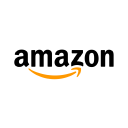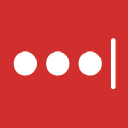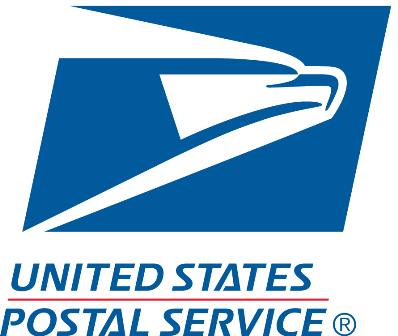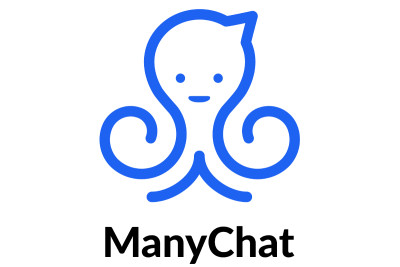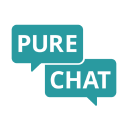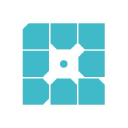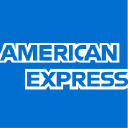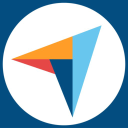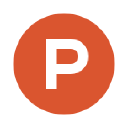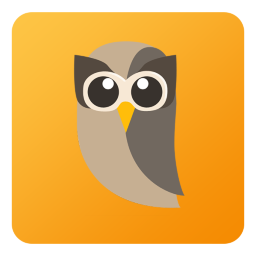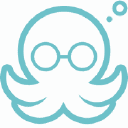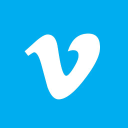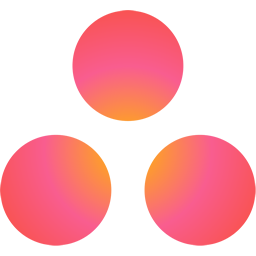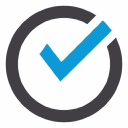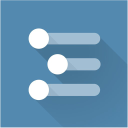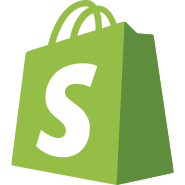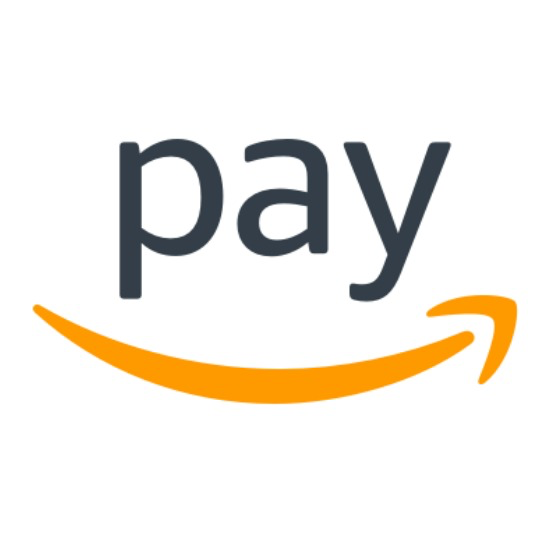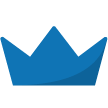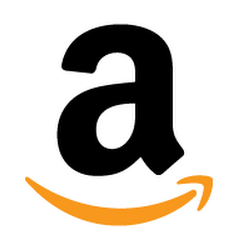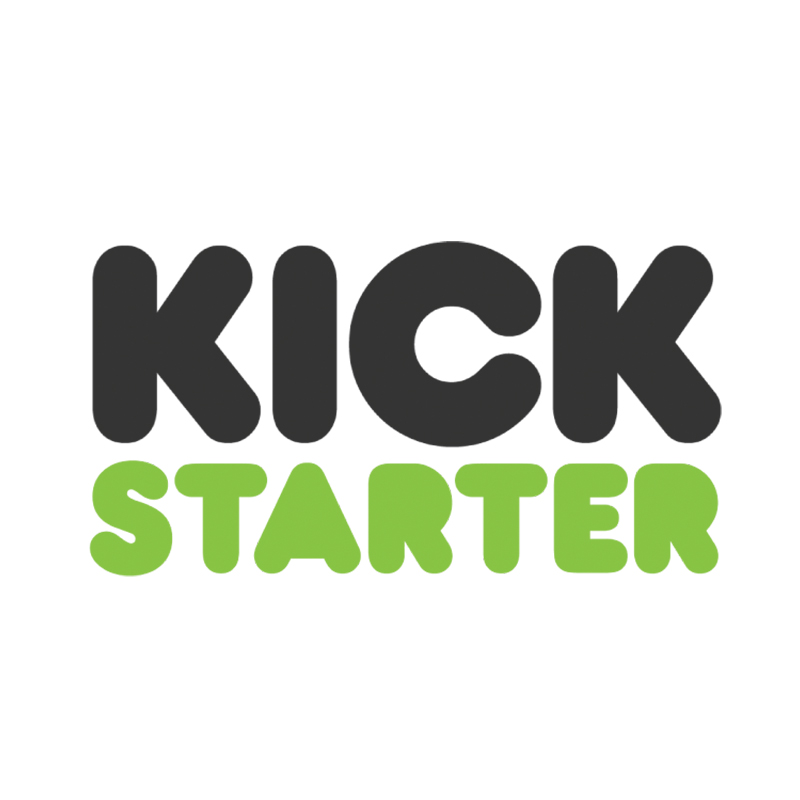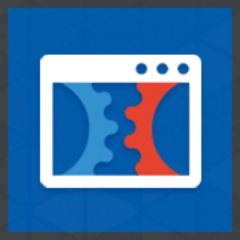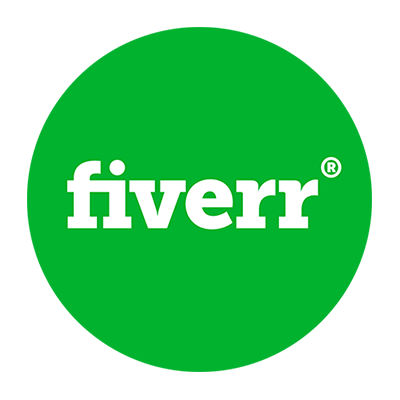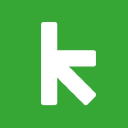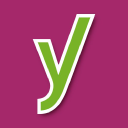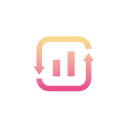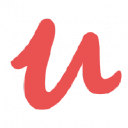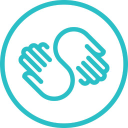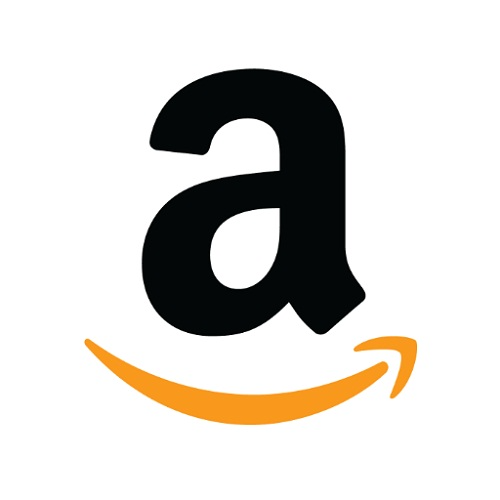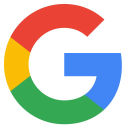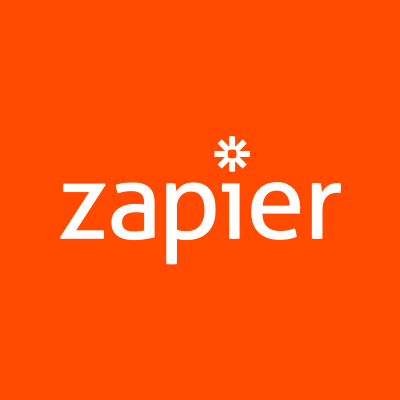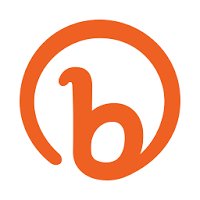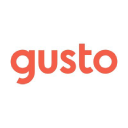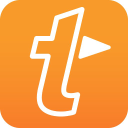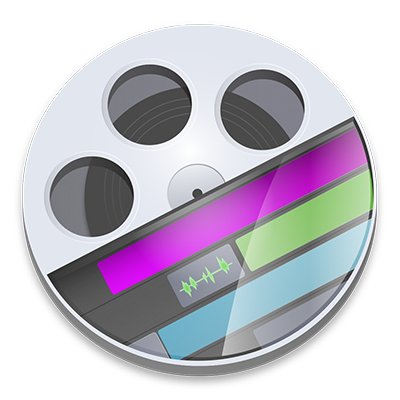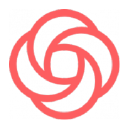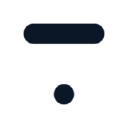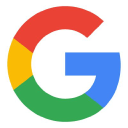The Story Of John Lee Dumas: From Tank Commander In Iraq To Starting A $100K/Month Entrepreneurship Podcast
Hello! Who are you and what business did you start?
Heyo! John Lee Dumas here, founder and host of the top business podcast Entrepreneurs On Fire. I launched Entrepreneurs On Fire back in September 2012 as the first daily podcast interviewing today’s most successful and inspiring entrepreneurs. To date, I’ve now interviewed over 3,000 entrepreneurs, including Gary Vaynerchuk, Seth Godin, Barbara Corcoran, and many more.
To share everything I’ve learned from the thousands of hours of conversations I’ve had, I sat down and created a 17-step roadmap to financial freedom and fulfillment called The Common Path to Uncommon Success.
But back in 2012, after successfully launching my own podcast I started getting a lot of questions from my listeners about how they could do the same! Taking my own advice of listening to your avatar to find out their biggest pain points and struggles - then creating the solution in the form of a product or service - I launched Podcasters’ Paradise, the #1 subscription-based podcasting course and community in the world!
Since 2012 we’ve launched multiple masterminds, online courses, physical...

Download the report and join our email newsletter packed with business ideas and money-making opportunities, backed by real-life case studies.

Download the report and join our email newsletter packed with business ideas and money-making opportunities, backed by real-life case studies.

Download the report and join our email newsletter packed with business ideas and money-making opportunities, backed by real-life case studies.

Download the report and join our email newsletter packed with business ideas and money-making opportunities, backed by real-life case studies.

Download the report and join our email newsletter packed with business ideas and money-making opportunities, backed by real-life case studies.

Download the report and join our email newsletter packed with business ideas and money-making opportunities, backed by real-life case studies.

Download the report and join our email newsletter packed with business ideas and money-making opportunities, backed by real-life case studies.

Download the report and join our email newsletter packed with business ideas and money-making opportunities, backed by real-life case studies.


